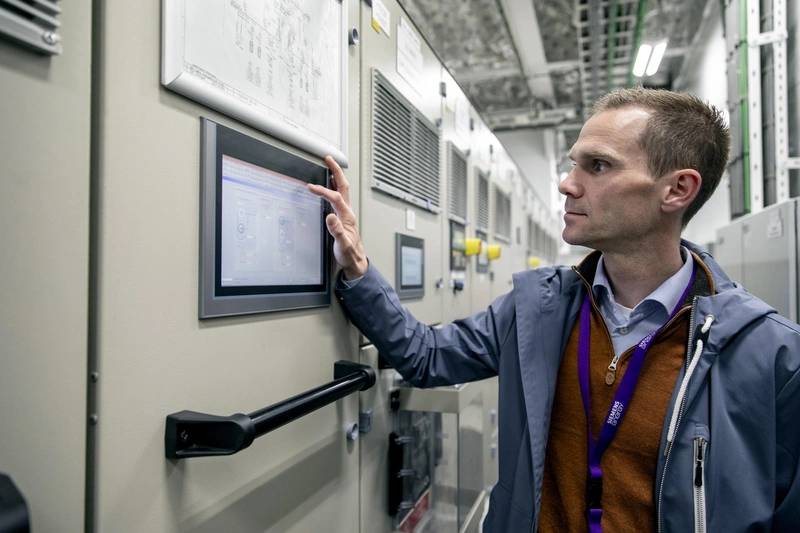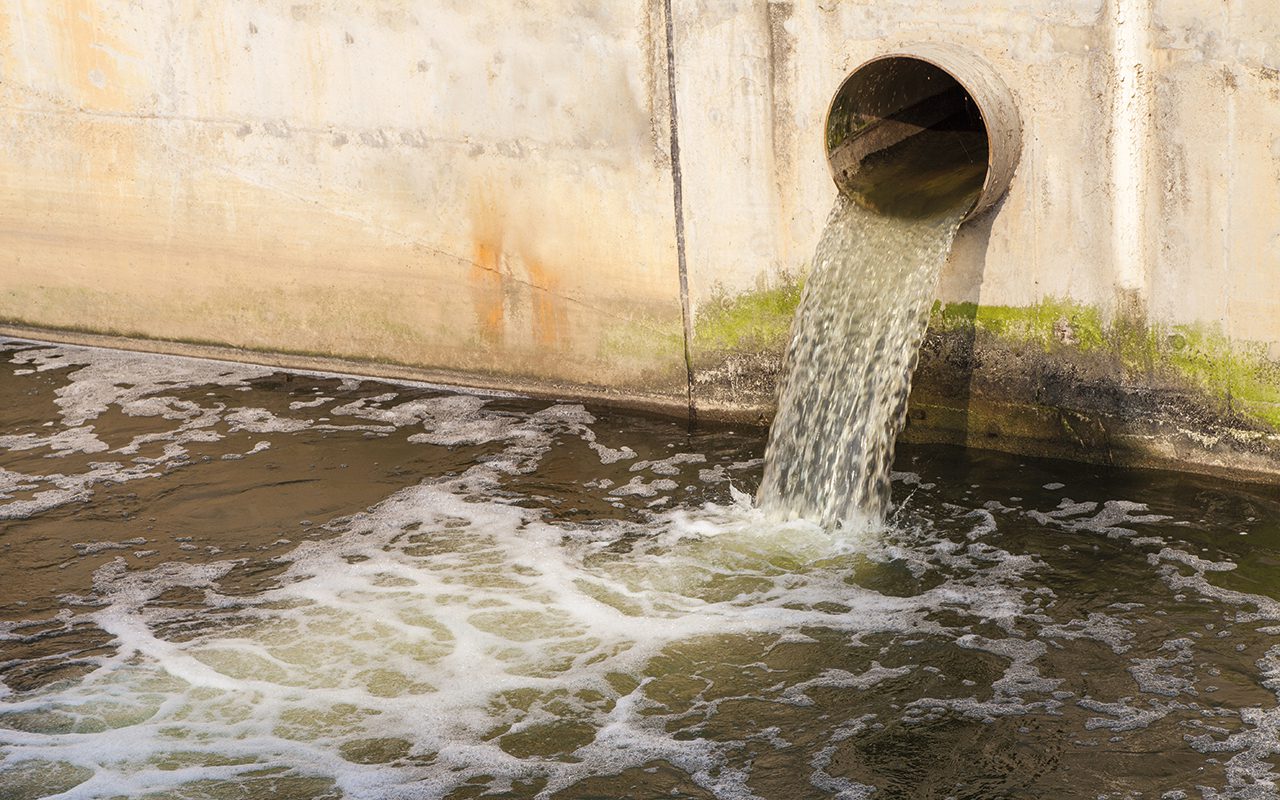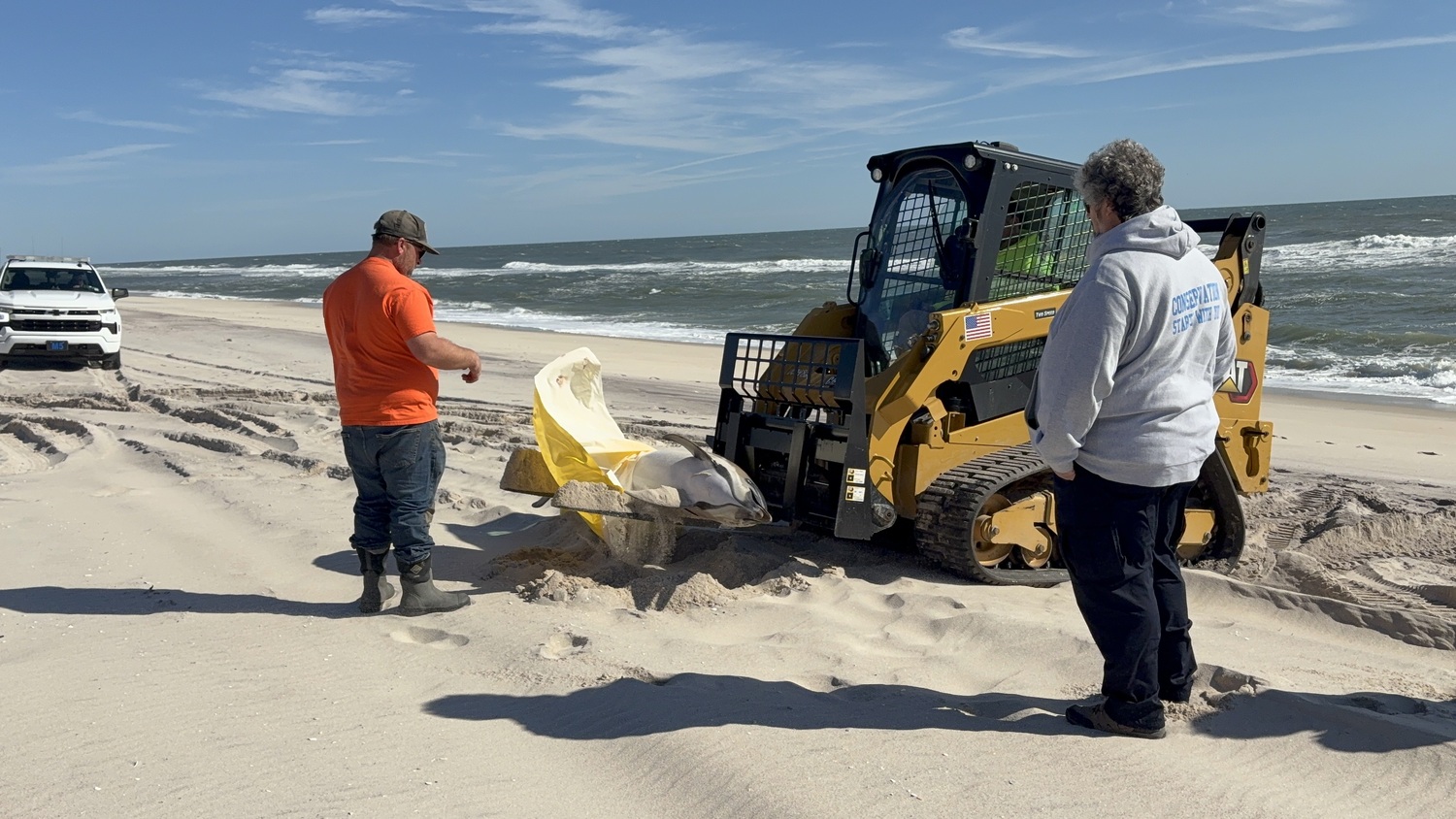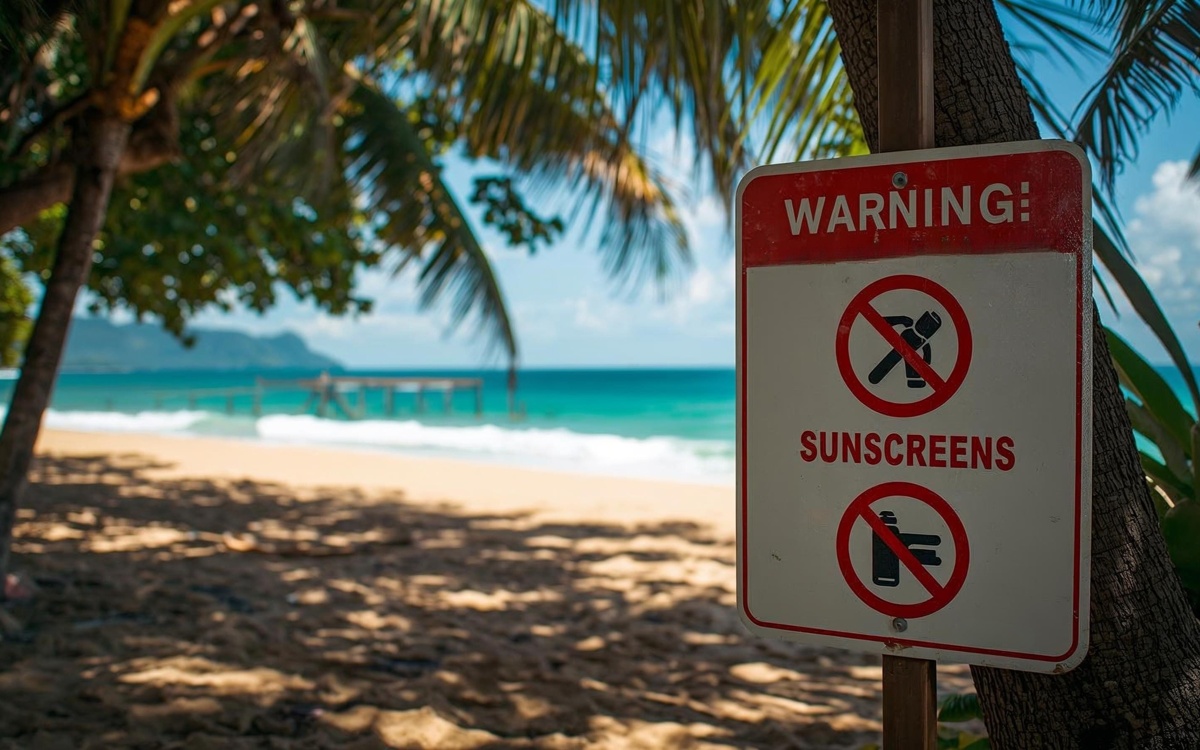Report on a Native Reforestation Project in Co Roscommon and its Alignment with Sustainable Development Goals
Project Initiation and Scope
A 40-acre farmland property in Co Roscommon was acquired for a nature restoration initiative. The project’s primary phase involved the afforestation of 27 acres (11 hectares), guided by forestry experts and fully funded through the Irish Government’s Native Woodland Establishment scheme. This initiative directly supports several UN Sustainable Development Goals (SDGs).
- Total Saplings Planted: 24,000
- Key Species: A diverse mix of native trees including birch, oak, alder, hazel, Scots pine, willow, crab apple, rowan, and wild cherry.
- Objective: To restore a native woodland ecosystem, contributing to national environmental targets and demonstrating a sustainable land-use model.
Contribution to SDG 15 (Life on Land) and SDG 13 (Climate Action)
The project provides a significant contribution to the protection and restoration of terrestrial ecosystems and serves as a direct measure for climate action.
- Biodiversity Enhancement: The developing forest has fostered a rapid increase in biodiversity. The habitat now supports a complex ecosystem including thousands of frogs, field mice, various insects (moths, butterflies, dragonflies), and the predators they sustain, such as bats, sparrowhawks, barn owls, and buzzards. This directly addresses SDG 15’s target to halt biodiversity loss.
- Land Restoration: The planting has reversed land degradation from previous over-grazing. The return of earthworms and improved soil structure indicate enhanced soil health. Tree roots are decompacting the earth, improving water infiltration and mitigating soil saturation, which aligns with SDG 15.3 (combat desertification, restore degraded land and soil).
- Climate Resilience and Carbon Sequestration: The young, diverse native woodland has demonstrated resilience to extreme weather, withstanding storms that felled mature conifer plantations. This resilience is crucial for climate adaptation (SDG 13). As the forest matures, it will act as a significant carbon sink, contributing to Ireland’s goal of increasing forest cover for carbon sequestration.
Economic and Social Sustainability: Aligning with SDG 8, SDG 11, and SDG 3
The project demonstrates a financially viable model for sustainable land management that also delivers community and well-being benefits.
Economic Model (SDG 8: Decent Work and Economic Growth)
- The project is economically sustainable due to government incentives. As landowners, an annual payment of €1,103 per hectare is received for 15 years.
- The total payments are projected to exceed the initial land acquisition cost of approximately €7,500 per hectare.
- The initiative is exploring sustainable production (SDG 12) through the creation of woodcrafts from fallen timber, promoting a circular economy.
Community Engagement and Well-being (SDG 11: Sustainable Cities and Communities & SDG 3: Good Health and Well-being)
- The project has inspired community dialogue through a documentary film, addressing cultural perspectives on land use and promoting nature restoration.
- It serves as a model for community-led initiatives like the Elphin Neighbourwood project, a 6-acre public woodland that enhances local amenities, promotes health and well-being, and reconnects people with nature.
- There is potential to develop a portion of the forest into a public Neighbourwood, providing an accessible green space for local schools and residents, thereby contributing to inclusive and sustainable communities.
National Context, Challenges, and Policy Alignment
While this project is a success, it highlights a national shortfall in meeting environmental targets. The forthcoming Nature Restoration Law will mandate measurable targets for ecosystem restoration, increasing the relevance of such projects.
- National Reforestation Targets: Ireland aims to plant 8,000 hectares of new forests annually to meet climate and biodiversity goals. However, recent figures show a significant deficit, with only 1,573 hectares planted last year. This project serves as a vital case study for encouraging uptake.
- Policy and Urban Development: The principles of this project are increasingly relevant for urban planning. The Nature Restoration Law will protect and increase tree canopy in cities, leveraging urban forests for water management, climate resilience, and community building, directly supporting SDG 11.
- Partnerships for the Goals (SDG 17): The success of the project relies on collaboration between private landowners, government schemes (Department of Agriculture), forestry experts, and community groups. Future initiatives, such as the NatureWorks conference, aim to strengthen these partnerships to scale up nature-based solutions.
Analysis of Sustainable Development Goals (SDGs) in the Article
1. Which SDGs are addressed or connected to the issues highlighted in the article?
- SDG 15: Life on Land: The core of the article is about a reforestation project, which directly involves protecting, restoring, and promoting the sustainable use of terrestrial ecosystems. It details the process of planting a native woodland, restoring degraded farmland, and the subsequent return of biodiversity.
- SDG 13: Climate Action: The article explicitly mentions that increasing Ireland’s forest cover is for “carbon sequestration,” which is a key strategy for climate change mitigation. It also discusses the resilience of the new forest to storms and the role of urban forests in withstanding droughts and absorbing downpours, linking to climate adaptation.
- SDG 11: Sustainable Cities and Communities: The article discusses the “Neighbourwood” project, which creates accessible green public spaces within communities. It also highlights the growing importance of urban forests and green infrastructure in making towns and cities more liveable and resilient.
- SDG 17: Partnerships for the Goals: The success of the projects described relies on collaboration between various stakeholders. This includes government support through funding schemes, private landowners taking initiative, community group involvement, and the guidance of forestry experts.
2. What specific targets under those SDGs can be identified based on the article’s content?
-
SDG 15: Life on Land
- Target 15.2: Promote the implementation of sustainable management of all types of forests, halt deforestation, restore degraded forests and substantially increase afforestation and reforestation globally. The entire article is a case study of afforestation, turning 27 acres of farmland into a forest with 24,000 native saplings. The mention of “continuous cover forests, where the thinning of trees happens selectively” points towards sustainable forest management.
- Target 15.3: By 2030, combat desertification, restore degraded land and soil… and strive to achieve a land degradation-neutral world. The article describes the original land as “exhausted, overworked land” and “over-grazed fields… so muddy and poached.” The planting of trees is shown to be restoring the land, as their roots are “decompacting this exhausted, overworked land so rain no longer saturates everything.”
- Target 15.5: Take urgent and significant action to reduce the degradation of natural habitats, halt the loss of biodiversity… The project creates a new habitat that now “teem[s] with life.” The article lists a significant increase in biodiversity, including “thousands of frogs, field mice, spiders, moths, butterflies… huge dragonflies… bats and birds… sparrowhawk, barn owls and buzzards,” and the return of “earthworms in the soil.”
-
SDG 13: Climate Action
- Target 13.1: Strengthen resilience and adaptive capacity to climate-related hazards and natural disasters in all countries. The article notes that the young, diverse forest “withstood this year’s weather,” including Storm Éowyn, which felled “towering conifer woods like matchsticks.” This demonstrates the resilience of native woodlands to extreme weather events.
- Target 13.2: Integrate climate change measures into national policies, strategies and planning. The article references Ireland’s national policy goal “to increase Ireland’s forest cover from 11 to 18 per cent for both carbon sequestration and nature restoration.” It also mentions the new “Nature Restoration Law” which will require the government to submit a plan with measurable targets.
-
SDG 11: Sustainable Cities and Communities
- Target 11.7: By 2030, provide universal access to safe, inclusive and accessible, green and public spaces… The Elphin “Neighbourwood” project is a direct example, creating a “six-acre woodland” that is “public and accessible to people to visit and enjoy,” featuring “a kilometre of wheelchair and buggy-friendly paths.” The author also considers creating a Neighbourwood on their own land.
-
SDG 17: Partnerships for the Goals
- Target 17.17: Encourage and promote effective public, public-private and civil society partnerships… The article showcases multiple partnerships: the author’s project was funded by the “Government’s Native Woodland Establishment scheme” (public-private); the Elphin Neighbourwood was a collaboration between a “local man Brendan Fox and the community group,” Roscommon County Council, and funding from the Department of Agriculture (public-civil society).
3. Are there any indicators mentioned or implied in the article that can be used to measure progress towards the identified targets?
-
SDG 15: Life on Land
- Indicator 15.1.1 (Forest area as a proportion of total land area): The article provides specific quantitative data. It states Ireland’s national target to increase forest cover from 11% to 18%. It also tracks progress towards the annual planting target of 8,000 hectares, noting that in 2023 only 1,651 hectares were planted, which fell to 1,573 hectares the following year, indicating a shortfall.
- Qualitative Indicators for Biodiversity (Target 15.5): Progress is measured through direct observation of species returning to the area. The article lists a variety of fauna, from insects (“spiders, moths, butterflies, midges, horseflies, dragonflies, Oak gall wasps”) and amphibians (“frogs”) to mammals (“field mice, red squirrels, hares, a stoat”) and birds (“bats… sparrowhawk, barn owls and buzzards”). The appearance of “large, lively worms” is cited as a key sign of soil health and ecosystem restoration.
-
SDG 13: Climate Action
- Indicator 13.2.1 (Number of countries with nationally determined contributions, long-term strategies, etc.): The article implies this indicator by mentioning Ireland’s national reforestation targets (planting 8,000 hectares a year by 2030) and the upcoming “Nature Restoration Law,” which will require a formal plan with measurable targets to be submitted to Europe.
-
SDG 11: Sustainable Cities and Communities
- Indicator 11.7.1 (Average share of the built-up area of cities that is open space for public use for all): The article provides a specific example with the Elphin Neighbourwood project, a “six-acre woodland” with “a kilometre of wheelchair and buggy-friendly paths,” which serves as a measurable unit of accessible public green space. The mention of the need to increase “canopy cover and green spaces” in towns and cities also points to this indicator.
-
SDG 17: Partnerships for the Goals
- Qualitative Indicators for Partnerships: The article measures the success of partnerships through the projects they enable. The existence of the author’s forest is a direct result of a public-private partnership (government scheme and landowner). The Elphin Neighbourwood is a tangible outcome of a public-civil society partnership (community group and local council).
4. Table of SDGs, Targets, and Indicators
| SDGs | Targets | Indicators |
|---|---|---|
| SDG 15: Life on Land |
|
|
| SDG 13: Climate Action |
|
|
| SDG 11: Sustainable Cities and Communities |
|
|
| SDG 17: Partnerships for the Goals |
|
|
Source: irishtimes.com






